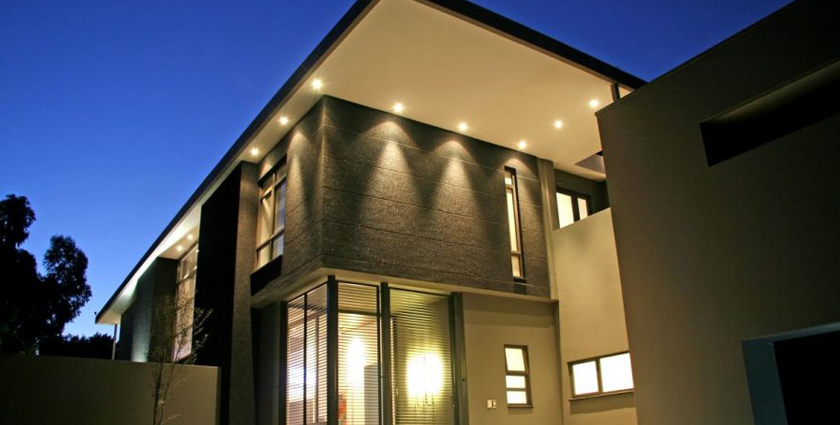
“Light is of decisive importance in experiencing architecture. The same room can be made to give very different spatial impressions by the simple expedient of changing the size and location of its openings.” Light and Architecture together maximizes the aesthetic look of an architecture.
Can you see the Architectural Designs accurately in darkness?
No! That is what the above quote expresses. Light is a key feature of any architectural space. Experts say that an impact of light is much more on a person’s experience than any other architectural feature.
The right type, quality, and amount of light can strengthen a room and everything inside it. Remember that if your environment does not allow you to be in the presence of nature, by incorporating elements such as images, textures, and colors reminiscent of nature produce a similar effect.
This is the reason why there is a need for Biophilic Designs.
Biophilic designs allow proper permission of light into your houses and office structures.
Biophilic Design is an innovative way of designing the places where we live, work, and learn. We need nature in a deep and original fashion, but we have often designed our cities and suburbs in ways that both degrade the environment and alienate us from nature.
The recent trend in green architecture has decreased the environmental impact of the built environment, but it has accomplished little in the way of reconnecting us to the natural world, the missing piece in the puzzle of sustainable development.
Biophilic design is the incorporation of “natural” features into a building. This could be in the form of large windows, skylights, indoor gardens, or even artwork depicting nature. For many, these added extras go a long way to making those inside feel comfortable, relaxed and connected to the outside world.
There has been much scientific research over the past 30 years that demonstrates the physiological benefits of biophilic design in architecture.
This include:
1) Reducing stress levels
2) Increasing productivity
3) Creativity and reducing absenteeism and fatigue.
Humans desire a connection to nature. Natural environments provide emotional and mental restoration, along with the opportunity for our minds to rest.
The positive impacts on health and well-being have also been proven to bring financial gains. Biophilic design can increase concentration, productivity, and creativity as well as reduce absenteeism, meaning that integrating such “natural” features within architecture can provoke measurable financial gains.
